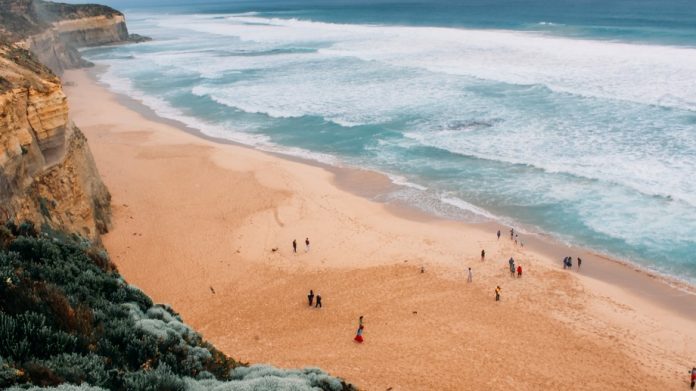When planning a summer vacation, many factors come into play, from choosing the perfect destination to finding the best accommodations. The Air Quality Index (AQI) is an often overlooked but critical factor. The AQI provides valuable information about the air quality in various regions of the United States, helping travelers make informed decisions for a safe and enjoyable vacation.
What is the Air Quality Index (AQI)?
The Air Quality Index, or AQI, is a standardized measurement used to communicate air quality in a specific location. It assesses various air pollutants, including ground level ozone, particulate matter, carbon monoxide, nitrogen dioxideand sulfur dioxide, and assigns a numerical value to represent air quality. The AQI ranges from 0 to 500, with lower values signifying better air quality and higher values representing worse air quality.
Why is the AQI Important for Summer Vacation Planning?
Health and Safety: Poor air quality can have adverse health effects, especially for individuals with respiratory conditions or allergies. Planning a vacation in an area with good air quality can help prevent health issues and ensure a safer trip.
Outdoor Activities: Summer vacations often involve hiking, biking, or sightseeing. Choosing a destination with a low AQI ensures you can fully enjoy these activities without worrying about air pollution.
Visibility: Clean air enhances visibility, allowing travelers to enjoy stunning natural landscapes and attractions without haze or smog obstructing the view.
Destinations with Low AQI for Summer Vacations
Hawaii (Average AQI: 10-15):
Hawaii consistently boasts some of the best air quality in the United States. With an average air quality index of 10 to 15, the Hawaiian Islands are a paradise for those seeking fresh, clean air. Whether exploring volcanoes, relaxing on pristine beaches, or snorkeling in crystal-clear waters, Hawaii offers a delightful escape from urban pollution.
California (Average AQI: 16):
California’s diverse landscapes, including its breathtaking coastline, lush forests, and majestic mountains, make it a popular summer vacation spot. With an average AQI of 16, California provides excellent air quality, allowing travelers to enjoy the great outdoors without compromising their health.
Washington (Average AQI: 17):
The Pacific Northwest, including Washington State, is renowned for its natural beauty. Washington’s average AQI of 17 indicates clean air, making it an ideal destination for exploring national parks, hiking trails, and picturesque waterfronts.
Spending summer vacations in a destination with a low Air Quality Index (AQI) can be an incredibly refreshing experience. The air is clean and pollutants-free when the AQI is low, making each breath feel invigorating. In such pristine environments, one can fully immerse themselves in the natural beauty and serenity of the surroundings.
Whether it’s hiking through lush forests, basking in the warmth of the sun on a pristine beach, or simply enjoying the fresh, clean air while strolling through charming towns, low AQI levels provide a revitalizing escape from the hustle and bustle of city life. Breathing in this unpolluted air clears the mind and rejuvenates the body, leaving you feeling energized and ready to embrace the adventures and relaxation that summer vacations offer.


